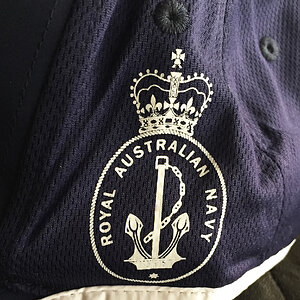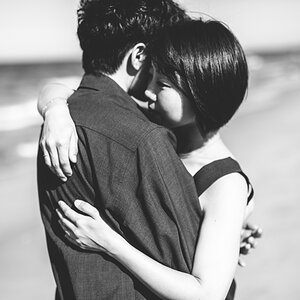Malcolm1
TPF Noob!
Ocean has huge energy which needs to be harnessed properly for its usage. Tidal power is the most predictable and reliable source, that is based on tried & tested principles of hydrodynamics and electrical engineering. Tides occur reliably and predictably, irrespective of weather changes. Ocean power energy can be created using tides and ocean current.
Tides help in production of tidal energy through tidal dams and tidal turbines. In case of tidal dams, power is created using a barrage at a bay or estuary with large tidal range. Tidal turbines take advantage of fast-flowing ocean currents to create energy. The most prolific tidal turbines are horizontal axis turbines that in many ways are analogous to wind turbines. The main difference is size. Tidal turbines generating 1 MW of power can be up to one-third the size of a wind turbine with a similar generating capacity.
Ocean current also holds a great amount of strength and energy. The total power of waves breaking around the world's coastlines is estimated at 2-3 million megawatts, which can be captured directly from surface waves or from pressure fluctuations below the surface.
Tides help in production of tidal energy through tidal dams and tidal turbines. In case of tidal dams, power is created using a barrage at a bay or estuary with large tidal range. Tidal turbines take advantage of fast-flowing ocean currents to create energy. The most prolific tidal turbines are horizontal axis turbines that in many ways are analogous to wind turbines. The main difference is size. Tidal turbines generating 1 MW of power can be up to one-third the size of a wind turbine with a similar generating capacity.
Ocean current also holds a great amount of strength and energy. The total power of waves breaking around the world's coastlines is estimated at 2-3 million megawatts, which can be captured directly from surface waves or from pressure fluctuations below the surface.


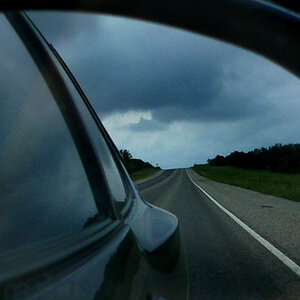
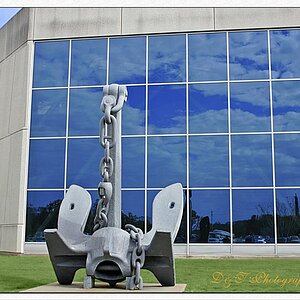
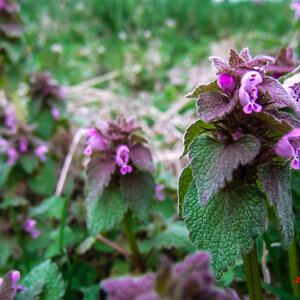
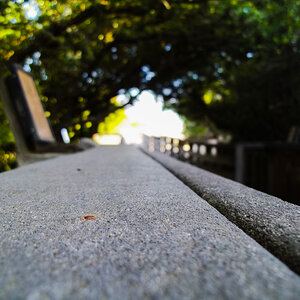
![[No title]](/data/xfmg/thumbnail/32/32709-80f0f0432fd5ec548a3efdb60ef77d46.jpg?1619735613)



